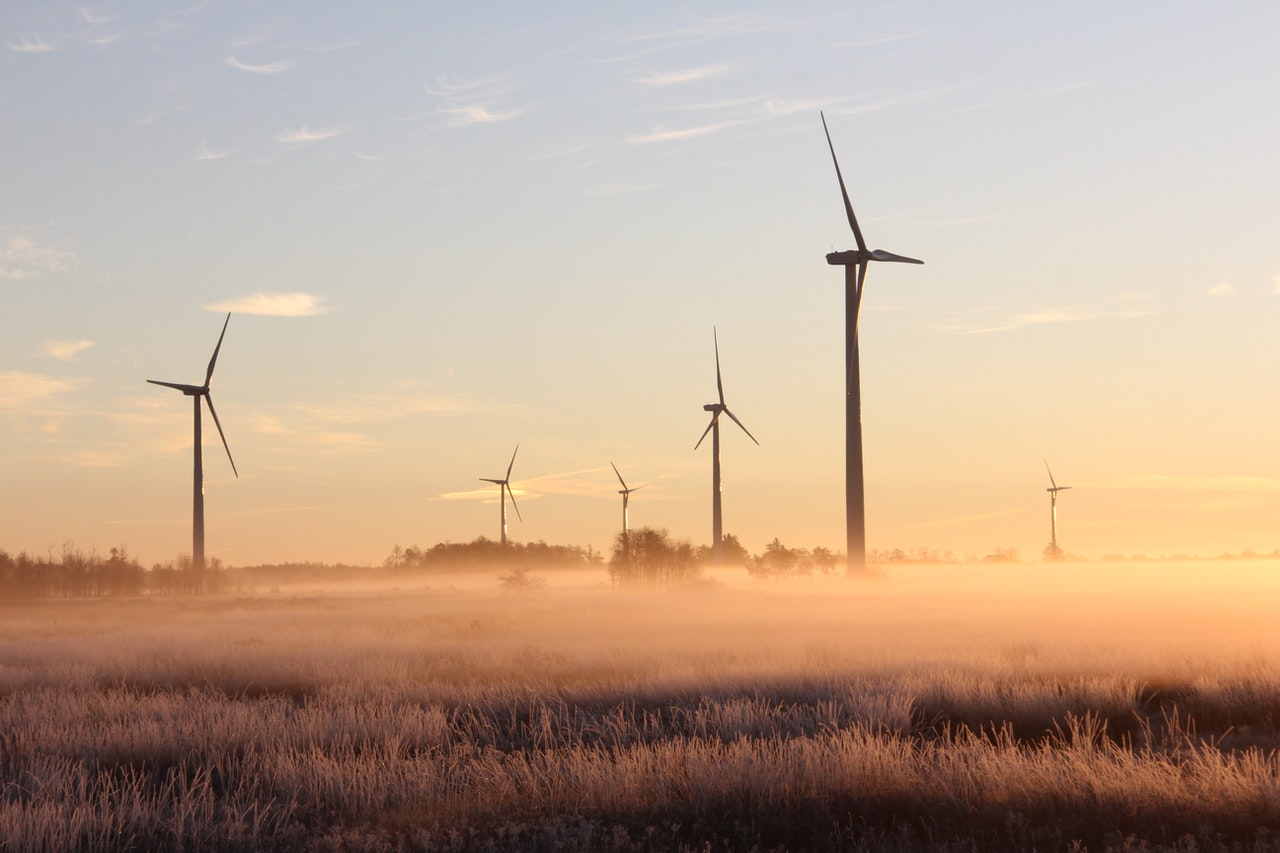The expansion of renewable energy in Lower Saxony (Germany) is currently sluggish, according to the news service of the German broadcaster Norddeutscher Rundfunk (NDR).
Half as many new wind turbines were built in Lower Saxony in the first half of this year as compared to the same period last year, according to preliminary data from the state association for renewable energy sources (LEE).
Only 25 new stations were put into operation, with six stations decommissioned.
As a result, generation increased by just under 114 megawatts. In the first half of 2021, 48 units with a capacity of 211 megawatts were installed.
Approximately 6,300 wind turbines are operating in Lower Saxony, with a total capacity of around 12 gigawatts. By the end of 2035, the country wants to reach a figure of 30 gigawatts.
As for solar energy, it is reported that its development trend is upward. However, the Climate Protection and Energy Agency of Lower Saxony (KEAN) claims that the earth is still far from achieving its goals regarding the expansion of the use of solar energy.
About 17,500 photovoltaic systems with a total capacity of about 320 megawatts were commissioned in the first half of the year, according to the Federal Grid Agency.
In the same period last year, there were 10,200 systems with a capacity of 220 megawatts. Almost 90% of the systems are installed on the roofs of houses, buildings, and facades, expected to contribute towards the expansion of renewable energy in the country.
Lower Saxony’s goal is to have at least 65 gigawatts of electricity generated by photovoltaic systems by the end of 2035. To date, this figure is only 5.4 gigawatts.
Lower Saxony Energy Minister Olaf Lies (SPD) admitted that the land is far behind in wind energy development.
“We will not solve the problem in small steps in times of climate and heat crisis,” says Lis.

